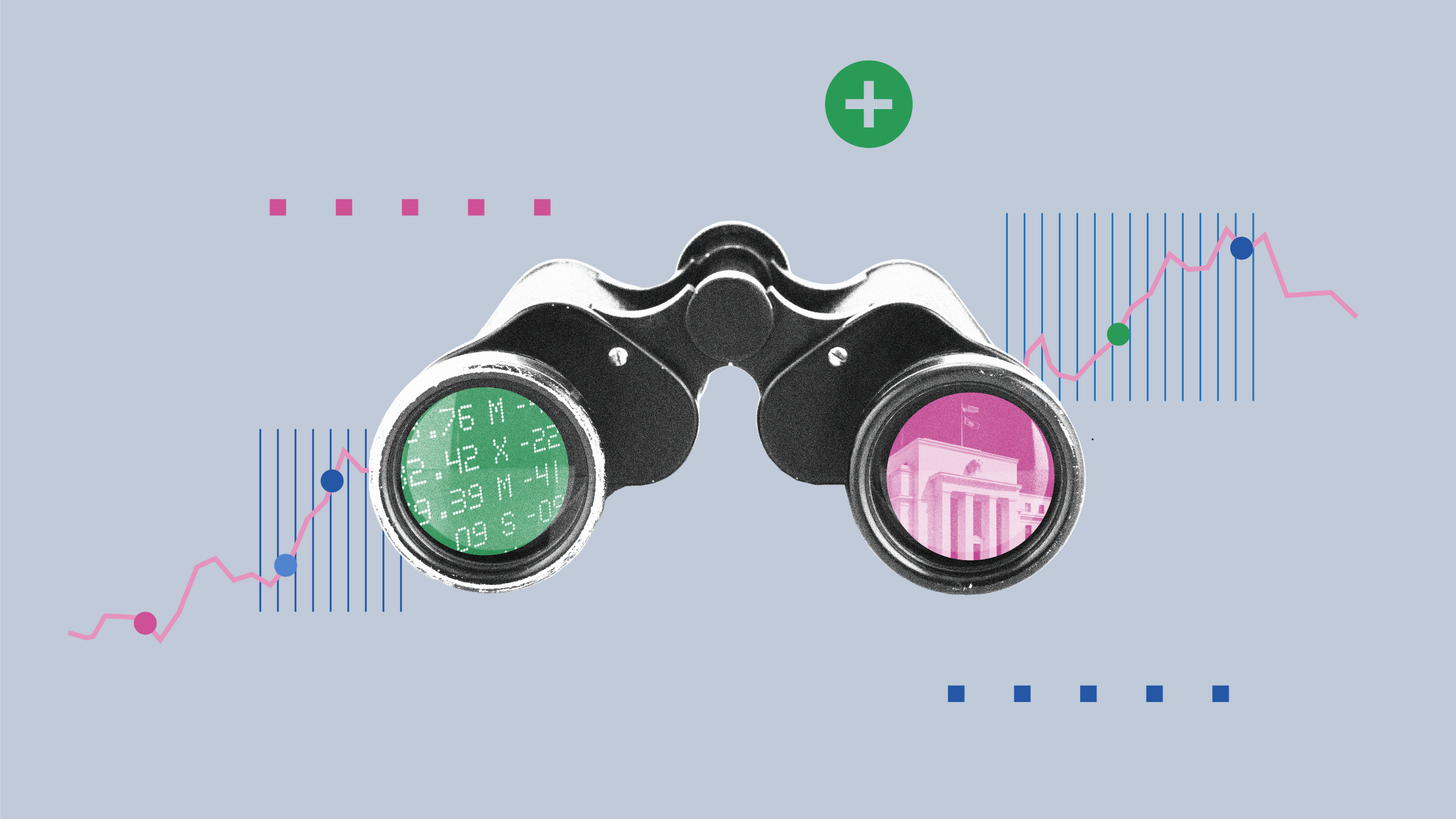Christine Benz: Hi, I'm Christine Benz for Morningstar.com. Many foreign bonds are hitting the market with negative yields attached to them. Joining me to discuss this phenomenon is Karin Anderson. She is the associate director of fixed-income manager research for Morningstar.
Karin, thank you so much for being here.
Karin Anderson: Hi, Christine. Thanks for having me.
Benz: So, Karin, investors may be aware that there are an increasing number of foreign bonds hitting the market with negative yields, and let's delve into why people are willing to accept negative yields. But before we get into that, we're not even talking about real inflation-adjusted yields. These are yields that are in negative territory right out of the box before inflation is factored in, right?
Anderson: Right. That's right. So, yes, very confusing as to why anyone would own such a bond. So, kind of going back, central banks around the world have been keeping rates so low for so long to stimulate economies that everyone's sort of gotten into this sort of, OK, this is the way it is, this is the way it's going to be, and rates may even go lower. So, lots of bondholders are, maybe not content, but just sticking with negative-yielding government bonds, you know, with the anticipation that things probably won't change much.
But it's also a little bit of a captive owner problem, a captive audience. Some investors have global mandates. So, looking at what's out there they have to own quite a bit of this negative-yielding debt or maybe they are a pension fund out of Japan that, you know, this is what they must own.
Benz: So, if I am a pension manager in Japan, I can't take my whole portfolio and put it in U.S. bonds. I need to own bonds denominated in the local currency, which is why I need to settle for a negative yield in some cases?
Anderson: That's right. That's right.
Benz: OK. So, Japan has been one of the biggest issuers of these negative-yielding bonds, but not the only one. So let's discuss some of the other countries that have come to market with government bonds with negative yields attached to them.
Anderson: That's right. Japan is certainly the largest issuer. It's got about 4 times more outstanding than the next largest countries, which are France and Germany. But many developed countries in Europe are issuing negative-yielding debt. Switzerland, for example, even its longest maturities, 50 years, have hit those negative yields.
So the Citi World Government Bond Index, which has just developed market government bonds, that's got a good 20% in Japan, another 50% say in Europe. So the yield there has really come under pressure. Its yield to maturity as of July was, I believe, around 0.6%. That's about half as much as the Barclays Global Aggregate, which has corporates in it, it has a little bit of emerging-markets as well. Maybe more U.S. exposure. And then that's--yields maturity is maybe a third as much as the Barclays U.S. Aggregate, just to put that into perspective.
Benz: Which has a pretty weak yield itself right now.
Anderson: Right.
Benz: OK. Karin, I guess the broad question is the role of foreign bonds in investor portfolios. And I know you and I have talked about this before. This world bond group that we have is a really broad basket that we've got. The hedged products that don't have any foreign currency diversification as well as the unhedged products. So let's kind of take these one by one starting with the hedged products, the rationale for owning them as maybe a strategic piece of a portfolio. Why should investors, would investors think about owning the hedged products?
Anderson: Right. So the U.S. dollar hedged vehicles have the benefit of having about half the volatility of the unhedged product. So currency volatility is really important in thinking about what you want in a world-bond fund. So, an investor that wants some, say, interest-rate diversification or possibly some emerging-markets exposure through a world-bond fund with some developed markets to balance it out, that could be a good option.
But keep in mind, you're not going to be getting yields anywhere near what you're getting out of the U.S. portfolio. Probably a better option for a lot of investors would be to get an unhedged vehicle because you are getting, in addition, currency diversification, which over time can add value to a portfolio.
Benz: So the unhedged would tend to offer more diversification but also more volatility, right?
Anderson: Quite a bit more volatility.
Benz: OK, Karin. Thank you so much. Interesting topic, kind of hard to get your mind around why someone would want a negative yield. Thank you so much for being here to discuss this with us.
Anderson: Thanks a lot.
Benz: Thanks for watching. I am Christine Benz for Morningstar.com.




























